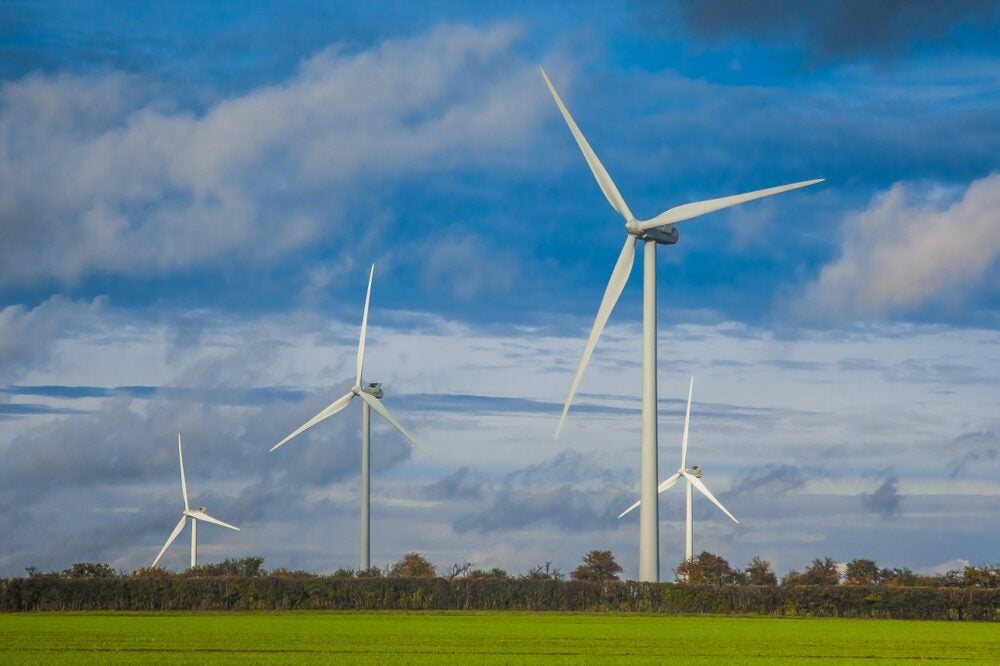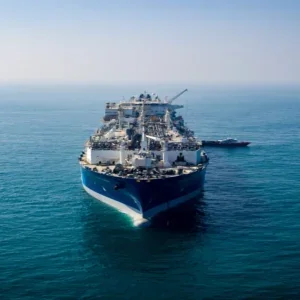
BP must make “significant investments” in renewable energy and liquefied natural gas (LNG) in order to meet its 2030 low-carbon energy targets, says an industry analyst.
As part of its commitments, the British multinational oil and gas company is aiming to achieve 50 gigawatts (GW) of renewable energy capacity and 30 million tonnes per annum of (tpa) of LNG by the end of the decade.
This comes as major oil firms have started pumping billions into renewables in a bid to help clean up the economy and look towards a potential future beyond high-polluting fossil fuels amid intensifying pressure from investors for companies to take action on environmental issues.
But data and analytics firm GlobalData believes that BP’s capital available for investment activity will be challenged as “market weakness dents cashflow” from its “core hydrocarbons business”.
Daniel Rogers, oil and gas analyst at GlobalData, said: “BP has proven its willingness to invest big outside its core business, but will continue to rely on hydrocarbons as the cash cow for future investments.
“The current market fundamentals reduce the profitability of BP’s core business, potentially shrinking its pool of capital available for future low-carbon acquisitions.”
BP has a long history of making renewable energy investments
BP, short for Beyond Petroleum, has a long history in renewables investments after it became the first of the “Big Oil” companies to commit significant capital into clean energy projects, such as wind and solar, from 1980 onwards.
But, in the aftermath of the 2010 Deep Water Horizon oil spill incident in the Gulf of Mexico, the London-headquartered firm was forced to close most of its previous green energy investments, believed to be worth about $8bn to $10bn.
Despite that, the company still has more than 2.2GW of wind capacity in the US and, in 2017, it spent $200m on acquiring a 43% stake in Lightsource, which has rebranded to Lightsource BP and is Europe’s largest solar power project developer.

BP also acquired Chargemaster, the UK’s leading network of charging points, for $160m – which could well be an astute purchase as Britain looks set to ramp up its plans to phase out fossil fuel vehicles by 2030 to speed up the transition to electric vehicles.
But, in the meantime, the move has also allowed the oil firm an opportunity to combine Chargemaster’s 6,500 charging points network with its 1,200 petrol stations.
Looking towards the future, Bernard Looney, who was confirmed as BP’s new CEO earlier this year, has outlined his vision for the oil major to “reimagine energy” and become a net-zero emissions company by 2050.
Equinor deal secures BP an “entry into the offshore wind sector”
With a combined installed renewable power capacity of 2.3GW, BP is currently leading the way amongst the major international oil companies, according to GlobalData.
The analyst said its recent deal with Norwegian state-owned energy firm Equinor “secures entry into the offshore wind sector” with a capacity addition of 2.2GW once complete.
The $1.1bn agreement saw BP purchase 50% of the non-operated interests in the Empire Wind and Beacon Wind assets on the US east coast.
GlobalData’s Rodgers said BP’s current project pipeline will increase its capacity by 6.5GW, but that this is still short of its 2025 ambition to reach 20GW.
He added: “As BP will leverage off its core hydrocarbons business to fund its investment strategy, weakened oil and gas prices will put pressure on the company’s capital availability necessary to meet its low-carbon energy ambitions.”
LNG will continue to play a “major role” in BP’s low-carbon energy
But for Rodgers, it isn’t just renewables that will help shape the company’s future.
“LNG will continue to play a major role in BP’s low-carbon energy and electricity goals, and it is targeting significant growth in the sector,” said Rodgers.
“In its current equity LNG portfolio, BP is forecast to reach 16 million tpa in capacity by 2025, while relying on merchant volumes for the rest of the targeted amount.”
He believes the delay of the African Tortue Ahmeyim LNG project – in partnership with Bermuda’s Golar LNG – was a “major blow”.
BP was expected to receive the floating LNG facility on the maritime border between Mauritania and Senegal in 2022, but following the impact of the coronavirus pandemic, it submitted a force majeure in March to delay the delivery by a year.
Upon receiving the facility, the firm is expected to charter it for 20 years to liquefy gas, but Rodgers claims any further delays could hinder its chances of achieving the 2025 LNG target.
He added: “Future developments in Mauritania and Senegal will be the cornerstone of the company’s growth opportunities but will hinge on investment decisions going ahead in spite of a potentially oversupplied LNG market going into the late 2020s.”






